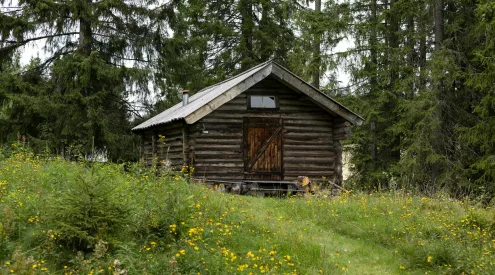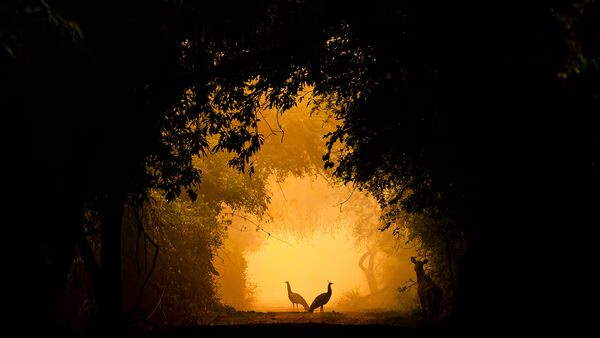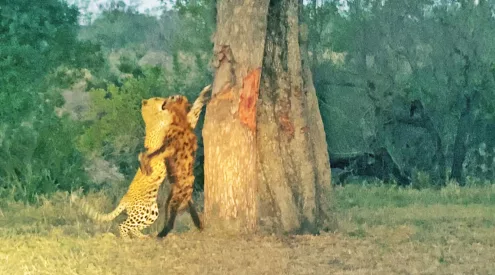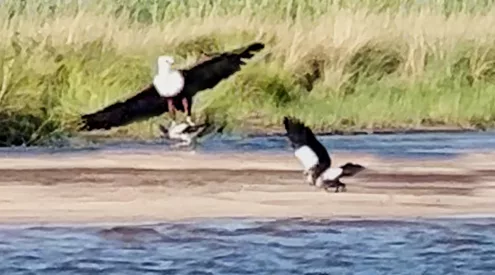‘We thought they were extinct, but I can happily announce we were wrong. The scarce Waterberg copper butterfly (Erikssonia edgei) was recently seen in Bateleur Nature Reserve. This is extremely exciting news for the butterfly, for conservation and biodiversity in South Africa, and for the Lepidopterists’ Society of Africa (LepSoc), which has been hunting it for years, praying that our worst fears would be incorrect.’
LepSoc’s Peter Webb’s excitement was infectious when he contacted us with the news. ‘The last time we saw a colony was in the early 1980s, west of Nylstroom at Rankin’s Pass.’ Changes in the micro-habitat resulted in the butterflies disappearing from the area, but LepSoc founder, Professor Mark Williams, rediscovered the species in early March about 25 kilometres northwest of Bela-Bela, far from their original home. Highveld Butterfly and Moth Club chairman Jeremy Dobson came up with a possible explanation for the butterfly’s reappearance.
‘They’re on the wing very late this season. The previously confirmed flight period was January and early February. Maybe no one looked for it in March before, or the Waterberg’s very dry season could have delayed their emergence.’
These beautiful, rare insects are named after North-West University lecturer Dr David Edge, who’s known for his work in saving another rare butterfly from extinction, the Brenton blue. The Waterberg copper has a slow, fluttering flight and dives into the grass when disturbed. Their black-spotted orange markings are probably a sign that they’re unpalatable, so hopefully birds will leave them alone until the two current colonies at Bateleur have had a chance to re-establish themselves.
They couldn’t have asked for two more passionate custodians: LepSoc members Owen Garvie and Jeremy Dobson will work with Bateleur manager Wouter Schreuders on a conservation plan to ensure Erikssonia edgei finds a permanent new home on the reserve.
So why the fuss? The reappearance of these creatures may prove that some species we thought to be extinct are actually still around. Perhaps they’ve just relocated, only to show up later or earlier during a specific season because of climate or habitat changes. And miracles like butterflies deserve to stick around.
The butterfly’s mysterious life cycle
Entomologist Dr Erik Holm lifted the veil on the butterfly’s mysterious life cycle.
‘The changes that occur in the pupa are nothing short of a miracle. An adult insect has to be created from the larva, while there’s really nothing to work with. The digestive system is useless, while wings, muscles and nerves are absent. Yet, the living cells of the larva detach themselves from their old tissues and establish themselves in other places. Without hesitation or flaw, every cell – and there are millions of them – moves on its own to its new role where it slots in to build a completely new animal!’
Sources:
Insectlopedia of Southern Africa by Erik Holm (Lapa, 2008). www.lepsoc.org.za.


















